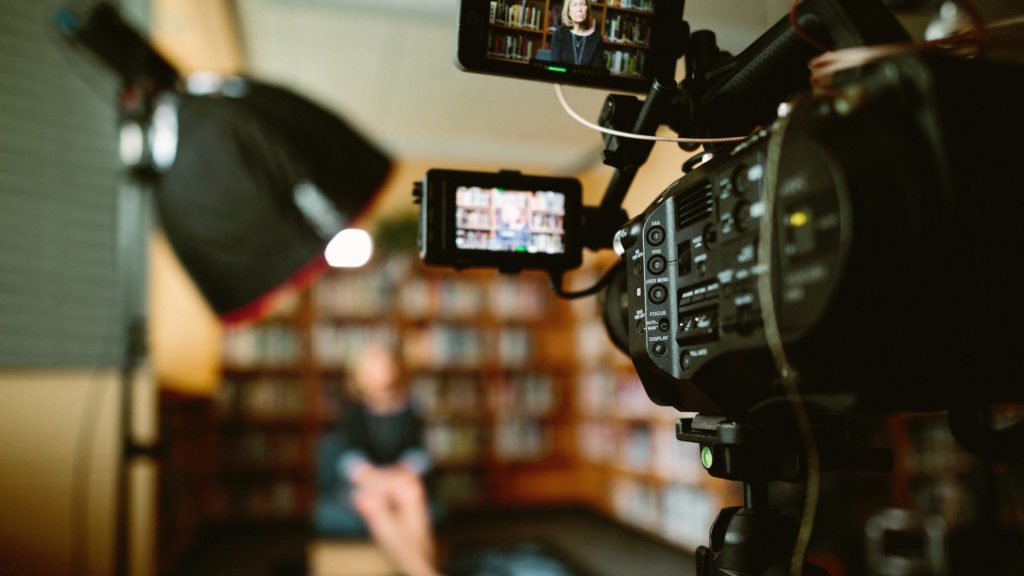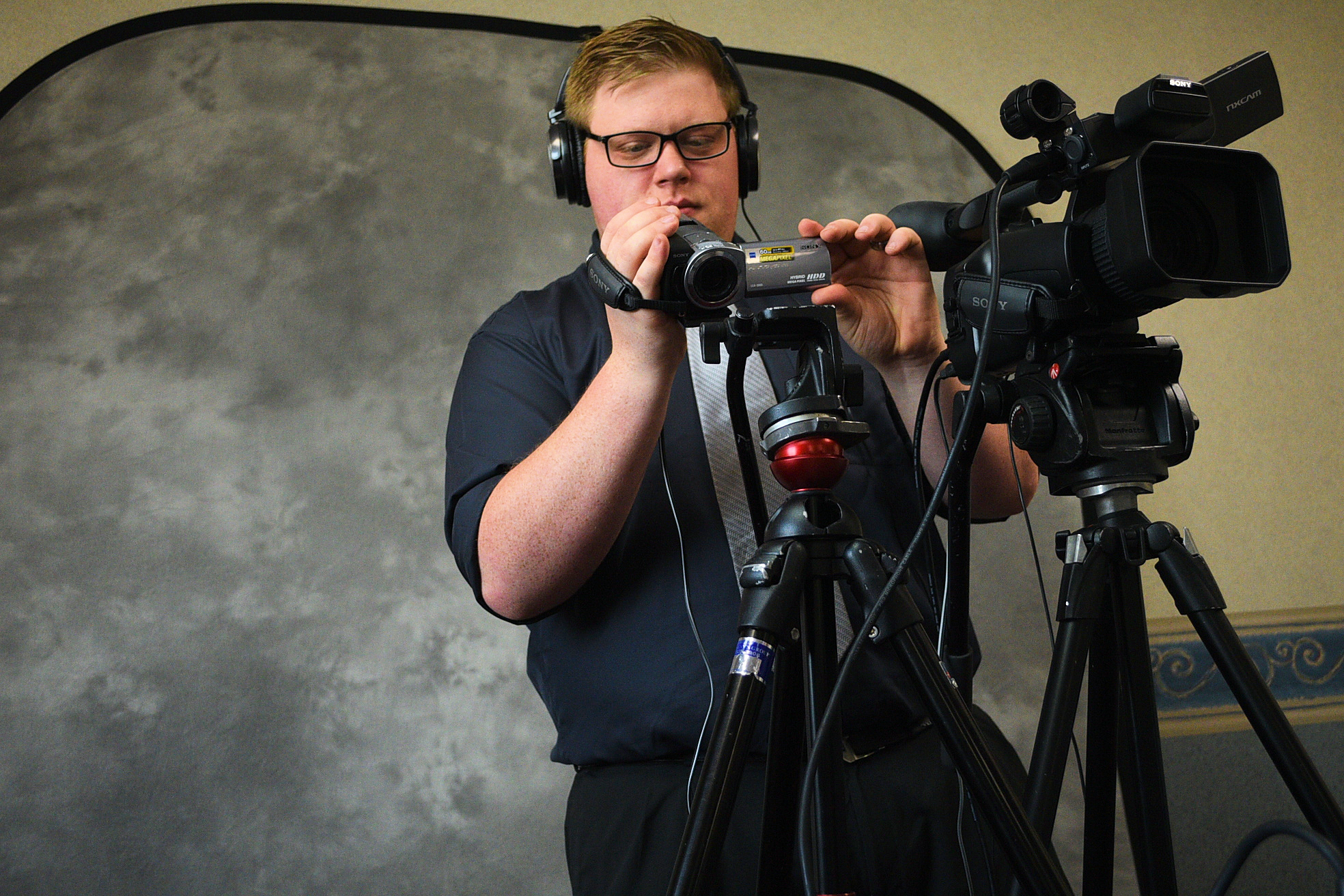Legal Videography: Changing the Means Proof is Captured and Provided
Legal Videography: Changing the Means Proof is Captured and Provided
Blog Article
Exploring the Mechanisms of Legal Videography: Unveiling Its Operation in Shielding Genuine Visual Testament for Judicial Process
In the world of judicial procedures, the function of legal videography stands as a cornerstone in maintaining and offering visual evidence. As modern technology remains to development, the systems behind lawful videography have actually ended up being progressively elaborate, offering an essential layer of authenticity to testimonies captured on video clip. By delving right into the functional complexities of lawful videography, one can discover the precise procedures that secure the integrity of aesthetic evidence offered in courts - Legal Videography. This exploration not just clarifies the historic development of lawful videography however also means the future trends that might further change exactly how aesthetic statements are upheld in the world of justice.
Historical Development of Lawful Videography
Analyzing the historic development of legal videography exposes a substantial change in the recording and discussion of aesthetic proof within the legal landscape. In the past, legal procedures greatly relied upon written pictures and transcripts to document events and supply proof. Nonetheless, with the advent of video innovation, the lawful sector observed a paradigm shift in how visual statement was caught and provided.
The development of lawful videography can be mapped back to the late 20th century when innovations in video clip recording tools made it extra obtainable for usage in court rooms. This technological innovation not only improved the precision and dependability of visual evidence but also transformed the way cases were presented to judges and juries (Legal Videography). Lawyers began to recognize the persuasive power of video clip recordings in sharing feelings, nuances, and non-verbal cues that written records or pictures alone might not catch successfully

Technology Advancements in Video Clip Documents
What vital technical innovations have reinvented video clip paperwork in the legal area? The lawful field has seen significant advancements in video clip documentation technology that have boosted the credibility and reliability of visual evidence in judicial process. One of the essential advancements is high-def (HD) video clip recording abilities, which provide crystal-clear photos and sharp information that are important for precisely capturing testaments, faces, and other aesthetic hints. Additionally, the assimilation of timestamping and metadata functions in video clip documentation devices has made it possible for exact documentation of when and where the video clip was taped, guaranteeing the honesty of the evidence offered in court.
Additionally, advancements in video security and watermarking technologies have actually bolstered the safety and tamper-proof nature of video clip evidence, protecting it versus unapproved alterations or meddling. The development of cloud storage space remedies and remote access capacities has streamlined the storage, retrieval, and sharing of video evidence, assisting in seamless partnership amongst lawful specialists and ensuring effective access to important aesthetic statements when required. These technical advancements in video documentation have actually certainly transformed the legal field, enhancing the precision, trustworthiness, and admissibility of visual evidence in judicial proceedings.
Function of Lawful Videographers in Court Room Setups
The development of video documentation technology in the lawful field has required a crucial function for lawful videographers in court room settings, making certain the honesty and reliability of aesthetic statements presented throughout judicial procedures. Lawful videographers play an essential role in recording and protecting accurate aesthetic evidence that can be crucial in litigation. Their responsibility reaches establishing up equipment, videotaping procedures, and generating top notch video clips that precisely mirror the events in the court room.
In court settings, lawful videographers should follow strict standards and criteria to maintain the authenticity of the click to investigate visual record. They should possess a keen eye for information and an extensive understanding of lawful treatments to make sure that the footage they catch is a real representation of the events that took place. Additionally, legal videographers usually work very closely with legal groups to make sure that the video clip evidence straightens with the case's demands and can be effectively presented in court to sustain the lawful arguments being made. Generally, the duty of legal videographers in court room settings is important in promoting the principles of justice investigate this site and making sure the transparency of legal procedures.

Ensuring Admissibility and Integrity of Video Evidence
To preserve the reliability of aesthetic proof presented in legal process, making sure the admissibility and integrity of video clip proof is a crucial duty for legal videographers. Admissibility describes the approval of proof by the court, and for video proof to be admissible, it should meet certain criteria. Legal videographers play an important function in ensuring that the video clips they record adhere to the rules of evidence, such as authenticity, reliability, and relevance.
Stability of video clip proof entails keeping the creativity and precision of the video from the moment it is recorded till it exists in court. This consists of securely storing the video files, recording the chain of safekeeping, and avoiding any type of tampering or modifications. Legal videographers must stick to rigorous protocols to assure the honesty of the video evidence and avoid any challenges to its credibility.
Future Trends in Legal Videography
Offered the boosting dependence on modern technology in legal proceedings, lawful videographers are positioned to accept innovative developments forming the future of aesthetic statement capture and presentation. One of the noticeable patterns on the horizon is the assimilation of virtual truth (VR) and boosted truth (AR) modern technologies right into legal videography. These technologies have the possible to change exactly how visual evidence is offered in courts, allowing discretionary to submerse themselves in the scene of the crime or incident.
In addition, making use of artificial intelligence (AI) algorithms for video clip analysis is expected to improve the procedure of evaluating and assessing big quantities of video footage. AI can assist in determining key moments, abnormalities, and patterns within video clips, enhancing the performance of legal investigations.

Verdict
Finally, lawful videography has played a vital role in giving authentic visual proof for judicial process. With technological developments and the knowledge of lawful videographers, the integrity and admissibility of video clip proof are made certain in court setups. As legal videography continues to advance, it will certainly be necessary to support standards that maintain the precision and integrity of visual testament for the future of legal procedures.
Checking out the historical development of legal videography discloses a significant improvement in the catching and discussion of visual evidence within the lawful landscape.The evolution of see this site video clip paperwork innovation in the legal field has required a crucial role for legal videographers in court settings, making sure the honesty and reliability of visual testimonies presented throughout judicial process. In addition, lawful videographers frequently work very closely with legal teams to ensure that the video evidence aligns with the instance's needs and can be effectively presented in court to sustain the lawful disagreements being made.To maintain the reliability of visual evidence presented in lawful procedures, making certain the admissibility and honesty of video clip evidence is an essential responsibility for lawful videographers. As lawful videography proceeds to progress, it will be necessary to promote criteria that preserve the accuracy and reliability of visual testimony for the future of legal process.
Report this page